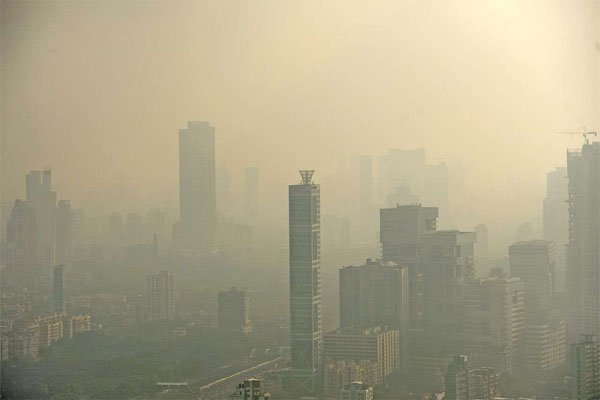Air pollution levels in two of India’s major cities, Delhi and Mumbai, have reached worrying levels, causing concerns about the health and environmental impacts.
In Delhi, the air quality deteriorated to a “very poor” level, with an Air Quality Index (AQI) reported at 302 on a recent Sunday. An AQI in this range indicates a significant level of pollution and raises health risks for residents. An AQI between 201-300 is categorized as “poor,” and above 300 falls into the “very poor” category.
Meanwhile, in Mumbai, the AQI was reported at 132, categorizing the air quality as “moderate.” While this level is lower than that in Delhi, it still signifies a notable level of air pollution.
The air quality index (AQI) is used to measure the concentration of pollutants in the air and assess their impact on health. An AQI between 0-50 is considered “good,” 51-100 is “satisfactory,” 101-200 is “moderate,” 201-300 is “poor,” 301-400 is “very poor,” and an AQI above 400 is categorized as “severe.”
To provide a clearer perspective on the evolving air quality, let’s examine the pollution levels in Delhi and Mumbai over the last few days:
- On October 21, Delhi’s average air quality was recorded at 248, and it was forecast to fall into the “very poor” category (301-400) on October 23 and 24, primarily due to unfavorable meteorological and climatic conditions. Mumbai’s air quality was at “moderate” levels with an AQI of 132.
- On October 20, Delhi’s air quality was recorded at 190, according to the Central Pollution Control Board (CPCB) data. In Mumbai, air quality was reported as “poor” with AQI values above 200 at several places during the day.
- On October 19, Delhi’s 24-hour average AQI was measured at 121, categorizing it as “moderate.” Mumbai’s average AQI score stood at 156, also “moderate.”
As air quality continues to deteriorate, the Commission for Air Quality Management (CAQM) has invoked an 11-point action plan as per Stage-II of the Graded Response Action Plan (GRAP) in the national capital region (NCR). This plan includes restrictions on the use of coal and wood-fired stoves, an increase in the frequency of CNG and electric buses, regular road cleaning, sprinkling water on streets, and traffic management to prevent traffic jams and curb air pollution.
The India Meteorological Department (IMD) has forecast a possibility of drizzle in the evening or at night. Relative humidity recorded at 8:30 am was 83%.
The rising air pollution levels in Delhi and Mumbai are a matter of concern as they pose health risks and environmental challenges. As such, authorities and citizens must remain vigilant and continue efforts to mitigate the impacts of air pollution.













